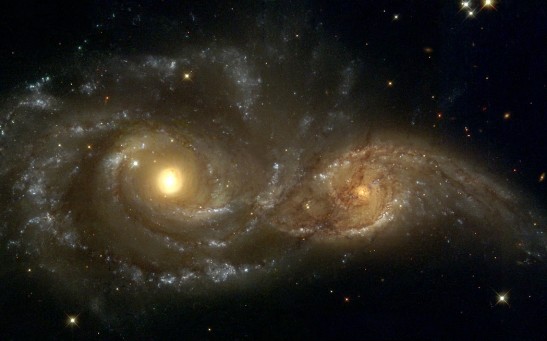elliptical galaxies
Andromeda's Halo and Its Gaseous Glow
Eleven Galaxies on the Run
Could Dark Matter and Black Holes Cause the Swirl In Your Galaxy?
Most Popular

What’s Inside the Moon? Lunar Seismic Data Reveals Earth-Like Core

Plato’s Long-Lost Grave Found Using AI To Decipher Herculaneum Scrolls; Greek Philosopher Had Been Sold Into Slavery: Report

Most Credible UFO Encounter: Man’s Glove Melted and He Suffered From Burns After Alleged Encounter in Falcon Lake Woods

UFOs Piloted by Spiritual Entities? Fox News' Tucker Carlson Makes Bizarre Claim, Suggests That They Do Not Behave According to Laws of Science






